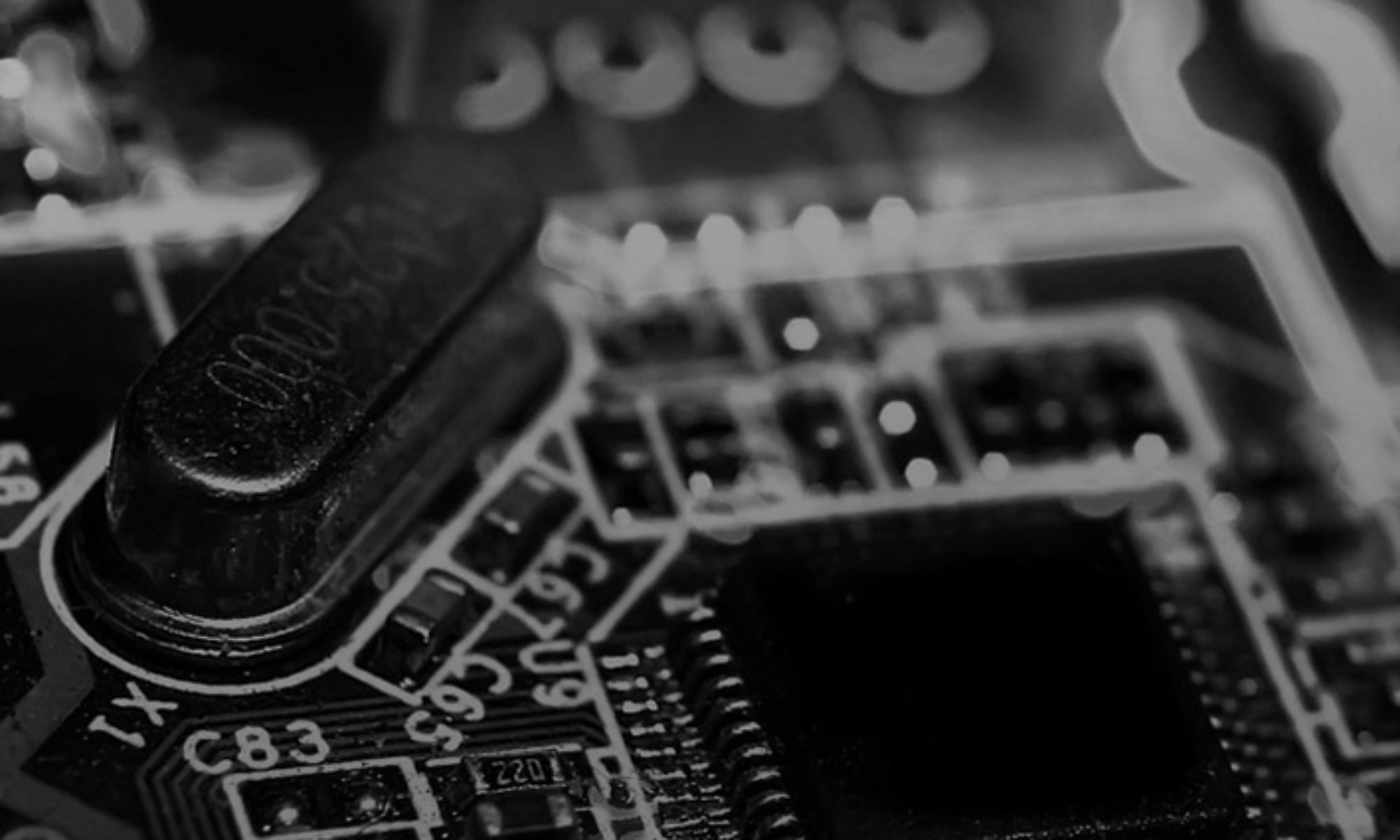Last week, the Council of Bars and Law Societies of Europe (CCBE) published its comments on the Code of Conduct for the representatives before the UPC, drafted by the EPLAW, EPLIT and epi .
The CCBE thereby responds to the Preparatory Committee’s declaration, after its last meeting on 14th April 2016, that the Code of Conduct would be agreed at the end of May, for it to be ready for the UPC’s entry into force in February 2017.
Rule 290 and 291 of the UPC Draft Rules of Procedure in fact respectively provide that representatives before the UPC must comply with the Code of Conduct and if in breach may be excluded from the proceedings by the Court.
The UPC draft Code of Conduct has not however been made public yet, and the CCBE has not had access to it. The CCBE’s general comments therefore provide a helpful insight into the core principles that should govern the UPC Code of Conduct, and, raise important questions about issues such as independence, impartiality and interpretation.
The CCBE focuses on seven points:
- “A minimum standard”: The CCBE, fearing that it would be difficult to design “a single Code of Conduct for all representatives covering all matters”, invites the Preparatory Committee to clearly identify the basic legal principles applying to all representatives irrespective of their nationality or position (lawyer, patent attorney, solicitor, etc) to ensure a minimum standard for all appearing before the Court.
- “Enforcement of the code”: The CCBE recommends that complaints from the Court about the representatives’ behaviour be “adjudicated by a relevant body rather than the judges themselves or the Court”. The CCBE in fact highlight, that the UPC judges may not have been trained to handle complaints, and, that an independent body would be a guarantee for impartiality .
- “Complaints procedure”: The CCBE warns that “(n)either the Rules of Procedure nor the Code appears to explain how a complaint of a breach of the Code is to be made, whether anyone is free to make such a complaint, to whom they should complain, nor whether there is any time limit”.
- “Possible conflicting obligations”: The CCBE has identified areas where the UPC Code of Conduct and national codes of conduct may conflict, resulting in impossible ethical dilemmas for representatives who would not be able to comply with both codes. The CCBE therefore calls for a careful review of compatibility of all codes of conduct.
- “Appeals”: Neither the Rules of Procedure nor the Draft Code of Conduct explain the appeal procedure allowing the representatives to challenge a sanction. The CCBE alerts the Preparatory Committee of this oversight and advises against designating the UPC Court of Appeal as the appropriate appeal mechanism, which might lack the required independence.
- “Sanctions”: The Rules of Procedure appear to indicate that there is only one sanction available to the UPC judges under Rule 291, namely exclusion from the proceedings. The CCBE however points up that “Regulators and Ethics Committees enforcing Codes of Conduct normally have available to them a wide range of sanctions so that they can deal proportionately with each complaint”. In fact, as explained by the CCBE, the consequences of an exclusion can be very severe and significantly affect both parties.
- “Interpretation of the code”: The CCBE advises the Preparatory Committee to clarify whether the Code is to be interpreted strictly or liberally, i.e. whether the code of Conduct contains general principles or “detailed and unambiguous regulations”.
The CCBE concludes it letter by regretting not to have more time and more opportunities to contribute to the UPC Code of Conduct, a view shared by the UPC Blog. In fact, a consultation of the future UPC representatives on the Code of Conduct that will regulate their behaviour before the Court would certainly have been very fruitful.
The CCBE’s letter of comments can be found below.
[embeddoc url=”http://www.ccbe.eu/fileadmin/user_upload/NTCdocument/CCBE_President_lette1_1462522685.pdf”]




